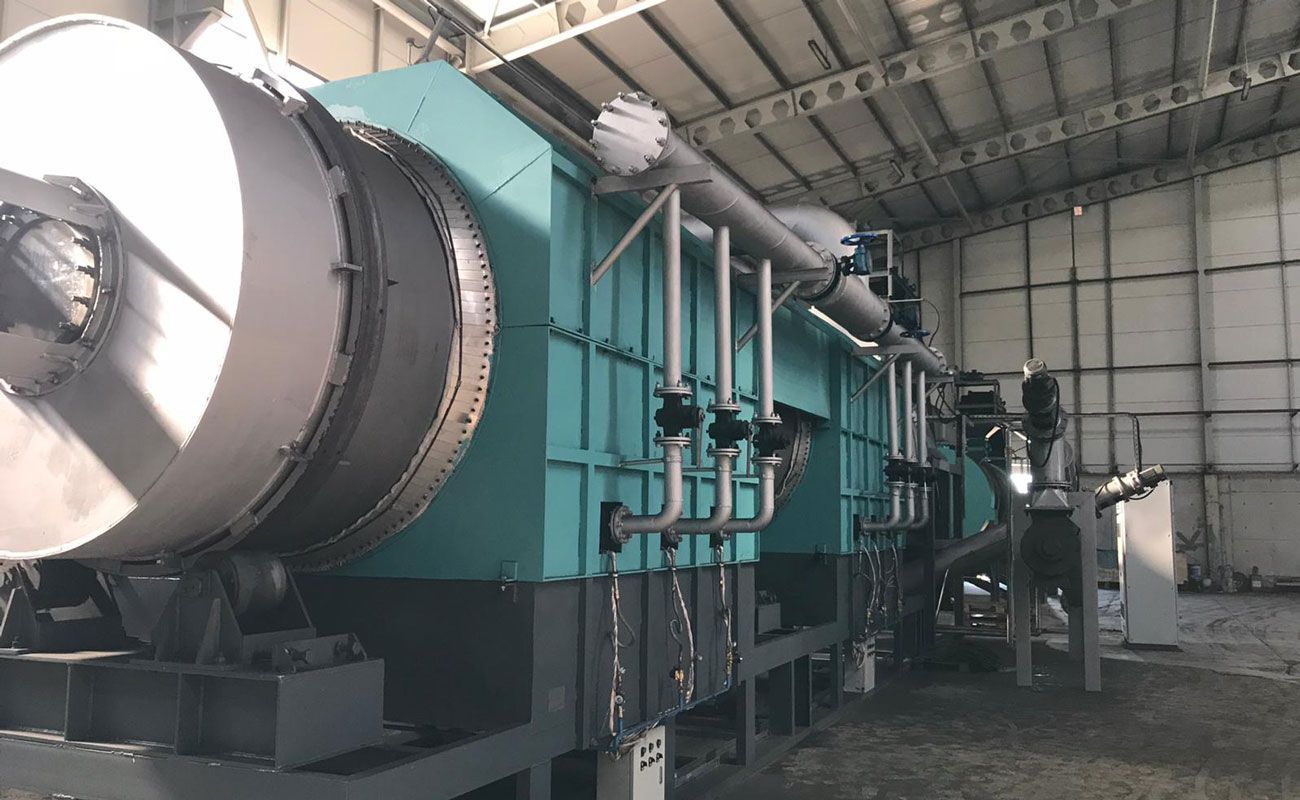Profitability Assessment of a Wood Charcoal Fuel Production Project
- By Beston Charcoal
- •
- 27 Apr, 2025
- •
The growing demand for sustainable energy sources has spurred the development of alternative fuels, with wood charcoal emerging as a viable option. Charcoal is not only used as a traditional cooking fuel but also serves industrial applications, such as in metal smelting and water filtration. As the global shift towards renewable energy intensifies, the profitability of wood charcoal fuel production projects becomes a key area of focus. This analysis examines the factors influencing the profitability of such ventures, highlighting key elements such as production costs, market demand, and technological investments.
Investment in Equipment: The Role of the Charcoal Machine
At the heart of any wood charcoal production project is the wood to charcoal machine. This equipment is designed to convert wood biomass into charcoal through a process known as pyrolysis. The choice of a high-quality charcoal machine is critical, as it directly impacts both the efficiency and scale of production. Modern charcoal machines are equipped with advanced features, such as automatic temperature control, efficient combustion systems, and reduced emissions, all of which contribute to maximizing output and minimizing waste.
The initial capital investment in a charcoal machine is substantial, but it is an essential expenditure that enables large-scale production. The efficiency of the machine will influence operating costs, including fuel consumption, labor, and maintenance. Therefore, selecting a machine with optimal performance features can help to maximize the return on investment (ROI) over time.

Raw Material Costs and Availability
The primary raw material for wood charcoal briquette making machine is wood biomass, which can include logs, branches, and wood chips. The cost of acquiring and transporting this biomass is a significant component of the overall production expenses. Wood biomass is typically sourced from forestry operations, agricultural residues, or even urban waste, depending on the region. The price of raw materials can fluctuate based on supply and demand dynamics, making it important to establish stable and cost-effective sourcing channels.
The profitability of the project can be improved by using waste biomass, which may be available at little or no cost. By utilizing such waste materials, production costs can be kept low, improving margins. Additionally, some regions offer subsidies or incentives for using waste-based biomass, further reducing input costs.
Operational Costs and Efficiency
Aside from the initial investment in machinery, operational costs must also be considered. These costs include labor, energy consumption, and maintenance. Labor requirements can vary depending on the level of automation in the charcoal machine and the scale of the operation. Large-scale production facilities with automated systems may require fewer workers, which helps to reduce labor costs over time.
Energy consumption is another significant operational cost. Charcoal production is energy-intensive, especially during the pyrolysis phase, which requires high temperatures. Some charcoal machines incorporate energy recovery systems, which capture and reuse heat to reduce overall energy costs. Optimizing the efficiency of these systems can lead to substantial savings in fuel costs, further boosting the project’s profitability.
Additionally, maintenance costs are an ongoing concern, as regular upkeep is necessary to ensure that the charcoal machine operates at peak performance. Investing in durable equipment and implementing a preventive maintenance schedule can help mitigate unexpected breakdowns and repair costs.
Market Demand and Sales Potential
The profitability of a wood charcoal fuel production project is closely tied to market demand. Charcoal is primarily used as a fuel in developing countries for cooking and heating, as well as in industrial applications. In addition to traditional markets, there is growing demand for charcoal in areas such as the production of activated carbon, a critical material in water filtration and air purification.
The price of charcoal varies depending on factors such as quality, market location, and the type of charcoal produced. Premium charcoal types, such as lump charcoal or hardwood charcoal, typically command higher prices due to their superior burn quality and longer-lasting performance. As consumer awareness of the environmental benefits of charcoal increases, particularly regarding sustainably sourced products, the demand for high-quality, eco-friendly charcoal is expected to rise.
Access to a stable market is essential for maintaining consistent sales and profitability. Establishing relationships with distributors, retailers, or direct customers can help secure a steady demand for the product. Additionally, exploring niche markets, such as the growing interest in barbecuing and grilling in developed countries, can provide new revenue streams.
